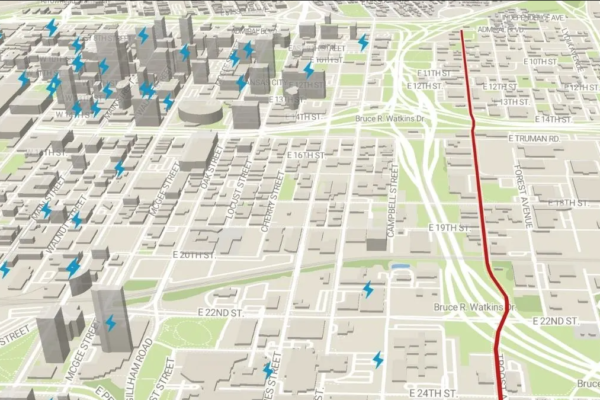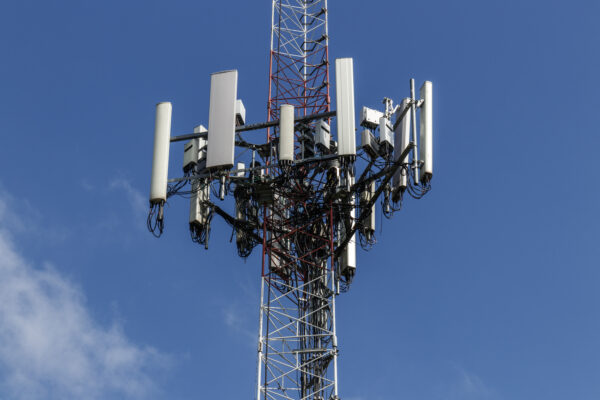How are digital infrastructure and wireless infrastructure interelated?
Digital infrastructure and wireless infrastructure are interconnected and complementary aspects of the broader technology landscape. While they serve distinct purposes, they work together to enable seamless connectivity, communication, and access to digital services and applications.
Digital infrastructure encompasses the foundational components and systems that support the functioning and connectivity of the digital world. It includes network infrastructure, data centers, communication systems, cloud infrastructure, software and applications, and security infrastructure. Digital infrastructure provides the underlying framework for data processing, storage, transmission, and management in the digital realm.
Wireless infrastructure, on the other hand, specifically focuses on the technologies, components, and systems that enable wireless communication and connectivity. It includes towers, Distributed Antenna Systems (DAS), Small Cells, private 5G networks, edge compute, and the use of fiber optics. Wireless infrastructure enables the transmission and reception of wireless signals, allowing devices to connect and communicate wirelessly.
The relationship between digital infrastructure and wireless infrastructure can be understood as follows:
1. Connectivity: Wireless infrastructure, such as towers and small cells, provides the means to extend network coverage and enable wireless connectivity. It serves as an essential component of digital infrastructure, enabling devices to connect to the broader digital ecosystem.
2. Data Transfer: Digital infrastructure, including network infrastructure and data centers, facilitates the efficient and secure transfer of data. Wireless infrastructure supports this by enabling wireless transmission of data, allowing devices to send and receive data wirelessly over networks.
3. Access to Digital Services: Digital infrastructure enables the delivery of various digital services, such as cloud computing, IoT, and online applications. Wireless infrastructure ensures that these services are accessible wirelessly, enabling users to access digital services through wireless devices and networks.
4. Enhanced Mobility: Wireless infrastructure plays a critical role in supporting mobility. It allows users to access digital services and stay connected while on the move. Digital infrastructure supports this by providing the necessary computing resources and connectivity infrastructure to enable seamless mobility.
In summary, digital infrastructure forms the broader framework that supports digital services and data management, while wireless infrastructure specifically focuses on enabling wireless connectivity and communication. Both are integral components of the modern technology landscape, working together to enable a connected, digital world.



